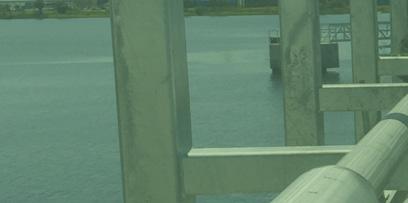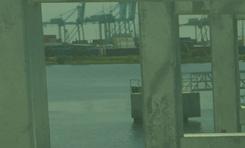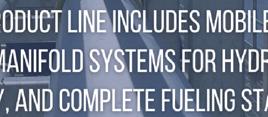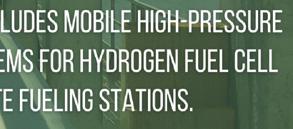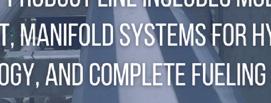
10 minute read
At one with the technology
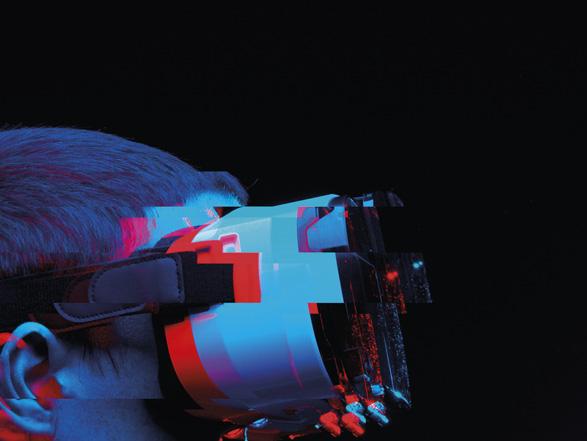





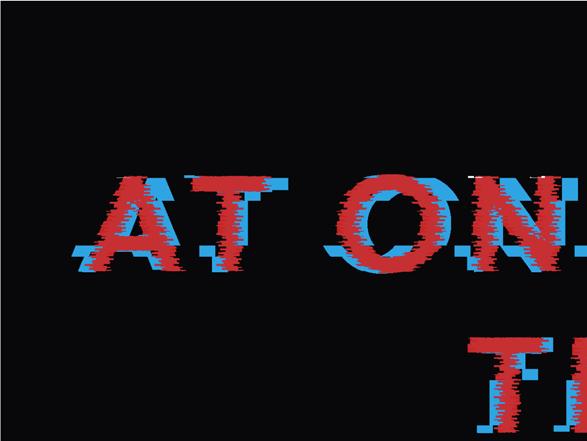


Vincent Higgins and Christian Salazar, Honeywell Process Solutions, USA, explain how advanced technology addresses skills requirements for LNG operating personnel.
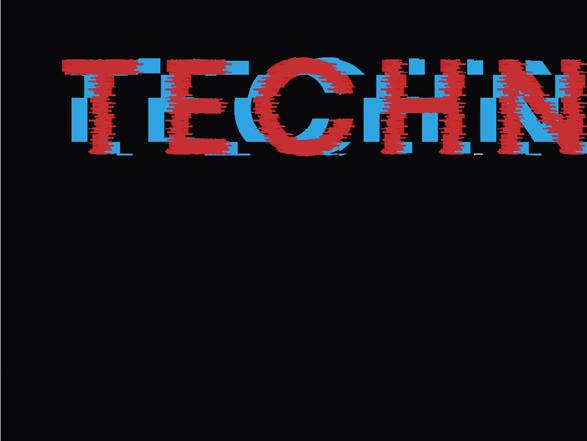

The LNG industry is inherently complex and becoming more competitive. LNG facilities must deal with a host of issues affecting their operational and business performance. Personnel at these sites are responsible for the operation and maintenance of critical assets such as storage tanks, heat exchangers, rotating machinery, and many other types of equipment.
A key trend in addressing industrial training requirements is the use of advanced, immersive simulation technology as a solution to improve plant operator performance and, in turn, enhance efficiency, reliability, and safety.

Demands on operations personnel

LNG companies are adapting to a changing world, where the advancing role of technology can help build resiliency and agility. Field operators are often the eyes, ears, and lifeline of an LNG facility; however, many field teams still rely on traditional classroom training procedures and are often disconnected from their counterparts in the control room.
According to industry data, a large percentage of incidents at LNG facilities and other process industry sites occur because workers lack competence. The operations staff must thoroughly understand plant processes and become proficient at identifying issues and troubleshooting problems before production suffers.
Field operators in particular need to be familiar with LNG operating procedures, safe handling practices, equipment specifications, maintenance protocols, governmental regulations and related technical and safety codes, and standards and reporting requirements. Their job orientation typically involves studying standard operating procedures (SOPs) and then taking part in e-learning or an apprenticeship with ‘over the shoulder’ training in the field.
Unfortunately, the current challenging environment has severely restricted the ability to deliver comprehensive instruction at many industrial sites. Knowledge transfer between seasoned employees and new hires – especially when it comes to abnormal plant situations – has become difficult, if not impossible.
Faced with increasingly complex technology and an experienced workforce nearing retirement, LNG facilities need robust training solutions that accurately depict real-world operating conditions.


Conventional training methods often fail to help operators become better at their jobs. The result can be reliability issues and unplanned downtime.
Advancement of training simulators
At large LNG terminals and other facilities, operator training simulator (OTS) systems have long been used to train control room staff on a wide range of process automation and control applications. These simulators impart fundamental process understanding and help in maintaining and improving occupational skills.
Modern OTS solutions combine dynamic process simulations, emulated control systems, and replicated interfaces to recreate the look, feel, and behaviour of the actual plant. They provide an effective means for optimising processes and gaining operations experience. Simulation offers a protected area for instruction on new job scenarios, which can be relearned at any time.
Unfortunately, OTS technology replicating the realistic environment, operating conditions, and physical actions in plant floor areas has never been available to field workers.
Today, a new type of immersive field simulator (IFS) combines cutting-edge competency tools with proven OTS technology to create a unique and collaborative learning environment for all plant personnel. This solution enables teams of field operators and technicians to interact virtually and achieve a training experience similar to their counterparts working at control room consoles.
The IFS is intended to provide virtual reality (VR)/mixed reality (MR)-based instruction, which helps better train the modern industrial workforce. It can be used to extend console operator simulator training to field operators for credible, realistic, and immersive collaborative training experiences. The new breed of simulators enables operating companies to help to increase their worker competency while enhancing safety, so they can maximise their plant performance.
The IFS design is the culmination of years of development in digital twin technology coupled with decades of real-world process domain experience. The simulator embeds industry know-how via digital twins and experience-driven insights to drive intelligence beyond that of traditional big data-based solutions.
Leading automation suppliers have offered operator training simulators to replicate the functions and activities of an industrial control room setting. However, this trainingbased control room was not connected to the actual production operation but rather was tied to a digital twin of the process and assets. With the IFS, the same digital twin has been paired with a digital twin of the 3D world – essentially the plant itself with individual assets such as pumps, compressors, and pipes. The replications are linked to a mathematical process model so that an action such as turning a valve in the virtual world also changes the variables in the back-end digital twin of the process. These functions are subsequently connected to the control room training simulator. Integration of the IFS’s 3D-immersive modelling environment with a traditional OTS enables field and panel operators to train together in a safe environment, learning collaborative skills essential for effective operations.
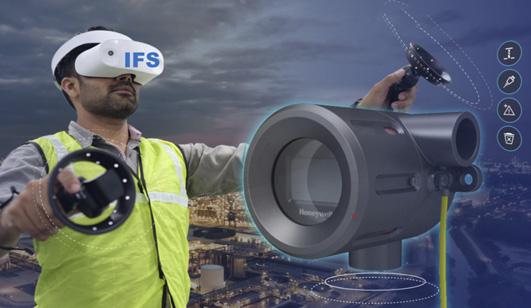
Figure 1. Virual reality based simulator to optimise training for industrial workers.
Figure 2. Virtual, digital twins of various plant environments.
Putting the immersive solution to work
An immersive training simulator offers a smooth, virtual walkthrough of the plant to familiarise field operators with the situations they will encounter in their day-to-day jobs. As a versatile, on-premise or cloud-based solution, it responds to the frequent changes to processes and assets that are typical of LNG industry facilities. This approach simplifies updates to help accurately reflect the current configuration within the plant and in the field. The training department can optimise management of change when it comes to swapping out equipment, animations, etc.
Since the IFS is intended to be hardware-agnostic, its platform can accommodate future developments in VR and MR technologies. MR exists in the space between purely immersive and purely augmented reality. The technology blends VR, which is fully immersive and disconnected from the trainee’s actual physical surroundings and augmented reality, which superimposes images onto the real world.
With the IFS solution, LNG plants can use holographic computers and MR headsets to simulate various scenarios – such as primary failure and switchovers, start-up or shutdowns, and cable and power supply failures – that train and test personnel on their skills. Trainees can sit at the simulator and go through
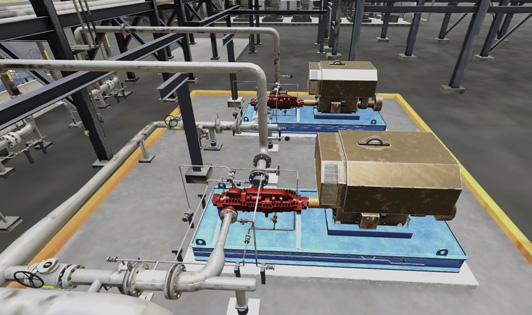
the exact set of steps for a specific activity as they would in the real world and then go out and accurately perform the same procedure on physical equipment in the field.
Much like a flight simulator in the airline industry, the IFS facilitates trainees to become familiar with infrequent, yet critical tasks. It helps younger operators encounter a wide range of experiences in a realistic virtual environment and develop ‘muscle memory’ to execute their job functions in a calm and competent manner. As a result of the simulator’s portability and ease of access, trainees can receive instruction immediately prior to performing crucial work in the field.
Unlike traditional OTS platforms, IFS systems can be made future-proof so they adapt to equipment or process changes occurring within a dynamic production environment. By employing the latest cloud-based technologies, users can easily keep the digital twin of their processes up to date, so it accurately represents current plant operating conditions.
Some IFSs include robust features such as asset libraries where users can modify 3D models as their plant processes evolve and lesson editors allowing trainers to build their own lessons without the need for any coding.
Experience has shown that immersive field simulation is a preferable method of training for the current generation of digital-native workers, who are taking over many complex job responsibilities in the plant. A 3D-immersive approach with VR helps to improve knowledge retention and fill the skills gap between experienced employees who are retiring in large numbers and younger workers who must gain know-how in a wide range of critical operations.
Real-world experience
One of the world’s largest LNG producers has found IFS technology improves upon traditional training tools and methods, which studies show are not always useful in making industrial personnel better at their jobs. Virtual reality learners are four times faster to train than in the classroom.
The LNG firm had thousands of hours of experience using standard OTS process and asset models to prepare panel operators to perform their job functions. The company recently added new immersive, 3D capabilities to its OTS system and extended those capabilities to operators in the field. Control room personnel and field operators can now train at the same time and take advantage of a true end-toend instructional experience that replicates their facility’s real-world environment.
Instead of beginning with a review of SOPs, field staff members can proceed directly to guided lessons that include the procedures along with appropriate actions to be taken at the asset location. This approach has been found to improve knowledge retention as well as the ability to apply training experiences to actual job functions.
The LNG producer has utilised the IFS solution to prepare its workers to handle normal operating conditions, as well as respond to abnormal situations such as gas leaks and fires that cannot be staged in a safe manner in the actual plant. The simulator presents these situations using high-fidelity models that are appropriate for both panel and field operators.
Within this training scenario, all changes made by field operators to control systems or equipment assets are visible to the panel operators, and vice versa. Adjustments to a valve by a field technician in the virtual world, for example, are bidirectional and reflected in the process and asset mathematical models and displayed on the panel operator’s screen. The integrated outcomes and performance of the two groups is subsequently assessed and graded together as part of a single plant operations team.
For the LNG producer, the IFS allows training to be conducted anywhere and at any time; rather than travel to a classroom location, employees can utilise the system from home or another remote location and fully participate in training simulations.
This solution was effective during on-site restrictions or travel restrictions and allowed the company’s operator training programmes to continue without any undue delay or disruption.
Conclusion
The drive for higher efficiency and greater safety in an ever-more-stringent regulatory environment is causing LNG facilities to consider new ways to improve the training of their personnel.
A new generation of immersive field simulation can be used for asset digitalisation and to create an intelligent workplace while optimising safer field operations. This type of simulator incorporates virtual reality to provide plant operators and field technicians with a detailed, accurate environment to train on both normal and abnormal operating conditions. The IFS solution improves training times beyond traditional classroom-based learning and minimises situations that can result in operational downtime.
VACUUMJACKETEDPIPE


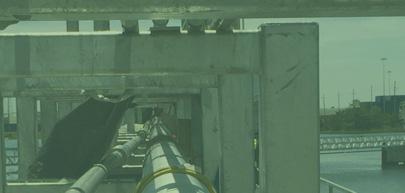


THE MOST COST-EFFECTIVE WAY TO TRANSFER CRYOGENIC LIQUIDSTHE MOST COST-EFFECTIVE WAY TO TRANSFER CRYOGENIC LIQUIDSTHEMOSTCOST-EFFECTIVEWAYTOTRANSFERCRYOGENICLIQUIDS


